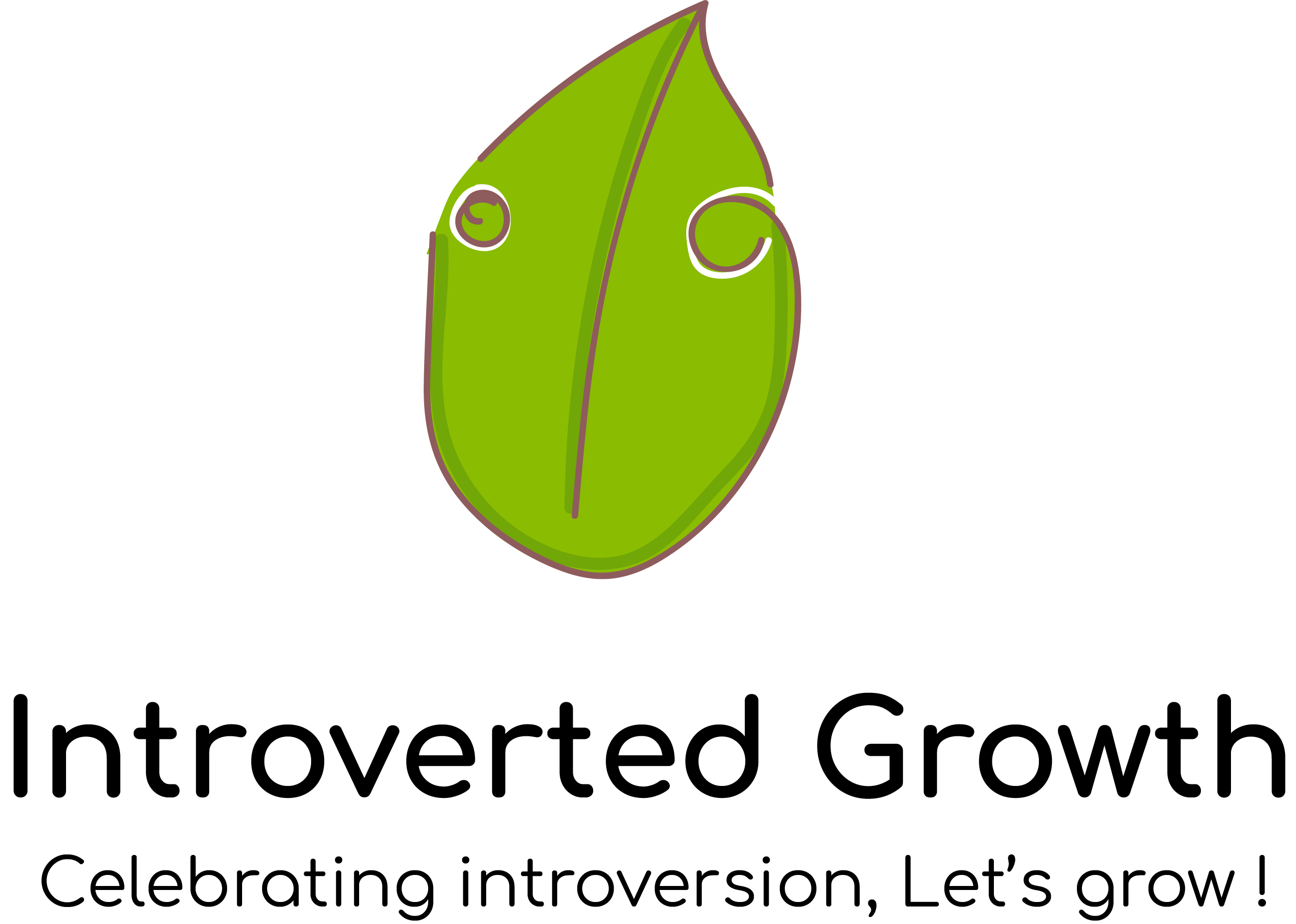To help you understand both introverted feeling and extroverted feeling, this article will cover these two cognitive functions, which MBTI Personality Types use fi and fe as dominant and auxiliary functions and how they compare to each other.
This article is part of a series where I go over introverted functions(Ni, Si & Ti) and extroverted functions (Ne, Se & Fe), and how they compare to one another (ni vs ne, si vs se, and ti vs te).
without further ado, let’s get right into the article where I compare Fi vs Fe.
The Feeling Functions
Introverted feeling (fi) and Extroverted feeling (fe) are two cognitive judging functions that relate to how people make decisions.
Both functions are ‘feeling’, meaning they rely on value judgments as a decision-making process, but each is deemed to be either introverted or extraverted because of their priorities.
When looking at their representation in cognitive processes, fi is introverted/personal-subjective, and fe is extraverted/collective-objective.
- Introverted feeling (fe) is the process of perceiving information inwardly and turning it into personal values.
- Extroverted Feeling (fe) is the process of perceiving information outwardly and turning it into collective values.
In simple words, Fi dom types focus on the little things. They take care of their own values and what matters to them, they are aware of themselves and how they feel.
Fe dom types are very aware of the values and emotions of those around them. They care very much about how others feel, what they need, and what would make them happy.
You can imagine the type of energy each one brings when interacting with others, where Fi dom would bring a deep caring vibe and Fe dom would bring a general and more surface-level care.
Which personality types use Fi / Fe function?
Fi is the dominant or auxiliary function for all “FP” types:
- Introverted Feeling (Fi) as Dominant Function: ISFP, INFP
- Introverted Feeling (Fi) as Auxiliary Function: ENFP, ESFP
Fe is the dominant or auxiliary function for all “FJ” types:
- Extroverted Feeling (Fe) as Dominant Function: ESFJ, ENFJ
- Extroverted Feeling (Fe) as Auxiliary Function: ISFJ, INFJ
Introverted Feeling (Fi) vs. Extraverted Feeling (Fe)
1. What feelings to prioritize
- Fi prioritizes personal feelings and values Vs. Fe prioritizes the feelings of those around them.
Fi is more about how a person feels about themselves and what they personally care about, and Fe is more about how people feel about what they value as a collective.
Fi: How does this make me feel? (As an individual, for myself)
Fe: How do others feel about what I value? (As a collective whole, for us all)
Fi likes to prioritize their own personal feelings and what they care about. This is why Fi dom types can come across as more independent, while Fe dom types can seem more socially invested (we’ll get to this later).
2. How they respond to emotions
- Fi being empathetic Vs. Fe being sympathetic
Fi types tend to be more empathetic, in a way that they try to recognize what someone is feeling by projecting the feeling on themselves and react to that recognition by being empathetic.
Fe types tend to be more sympathetic, which means they are understanding of another person’s feelings by understanding what caused those feelings and may even find it easy to put themselves in their shoes.
Fi especially has a knack for understanding another person’s emotions, which can make it easier to feel connected with them and understand what they might be feeling.
Let’s take an example of someone who lost a loved one and is crying, an fi user would be more likely to have a sense of ‘I know exactly how you feel right now’, and cry with them.
Fe users would be able to understand that the death of someone they love will cause this state and will sympathize, but they might not be able to connect with that experience as much or relate to it personally.
3. The Direction of Their Emotional Awarenessware
- Fi types tend to be more self-aware Vs. Fe types tend to be more people aware.
Fi will most likely notice and recognize their own emotions because they’re in tune with them, and they might be more hesitant to be empathetic towards other people’s emotions.
Fe types tend to be people-aware, they will be aware of other people’s emotions and use that awareness as guidance to make decisions.
4. How they deal with conflict
- Fi types are likely to avoid direct confrontation Vs. Fe is more likely to confront others.
Fi does not like direct confrontation because it is bound to cause pain, while Fe dom types are more likely to deal with this directly and confront others, both with good intentions.
Fe types put value on harmony and making others feel good, so they do not want to have a negative impact when being direct but they want to put things into perspective.
Fi types put value on being true to themselves and dealing with their own feelings, so they might shy away from a direct confrontation because it will cause them pain or conflict with how they would like to see themselves.
5. How they carry themselves:
- Fi is more independent Vs. Fe wants to fit in
Fi is individualistic and likes to stay true to themselves, while Fe types tend to be more interdependent and pay more attention to what others think.
Fi types are more likely to be seen as independent, while Fe types tend to come across as more social and people-oriented.
Fi types are more likely to be interested in their own personal growth, while Fe is more likely to be interested in society as a whole.
CONCLUSION
Did you find this article helpful in understanding the difference between introverted feeling and extraverted feeling?
Let me know what you thought in the comments below, I’d love to hear from you!






